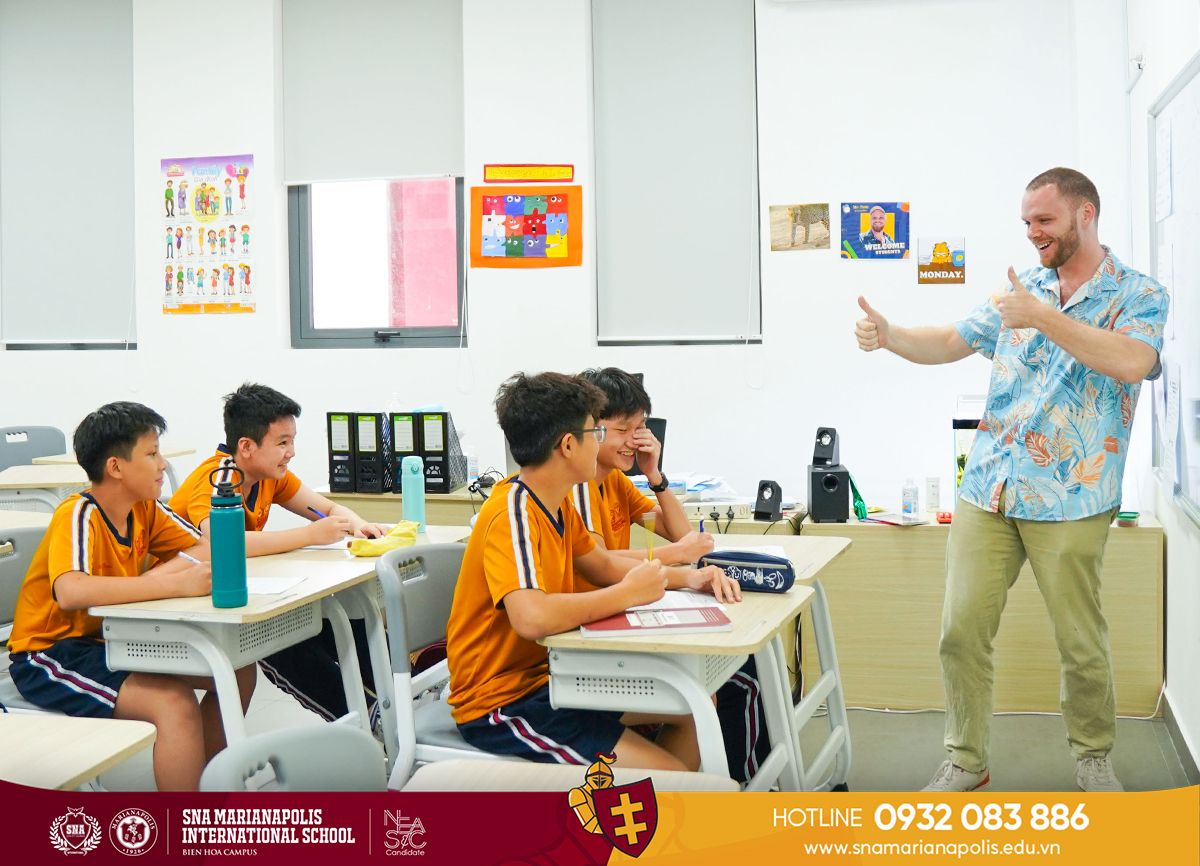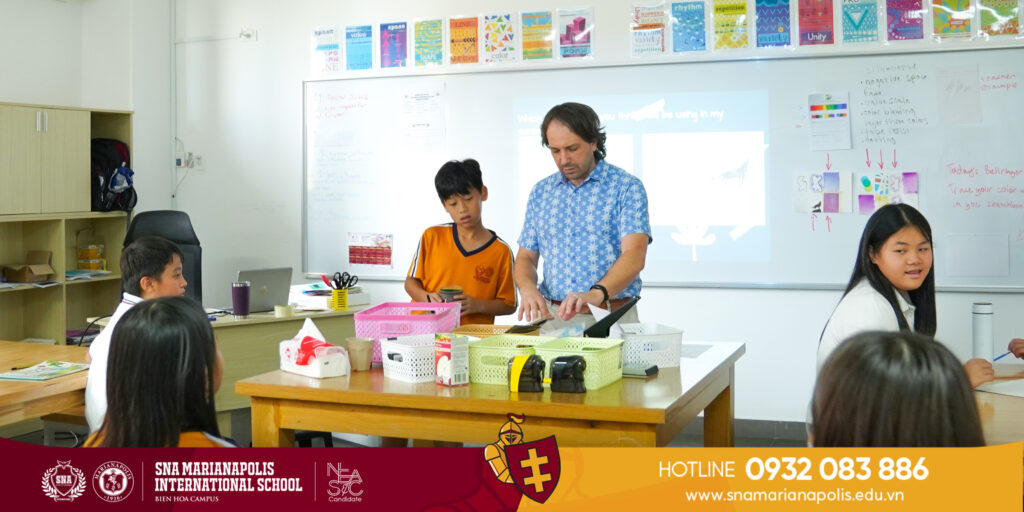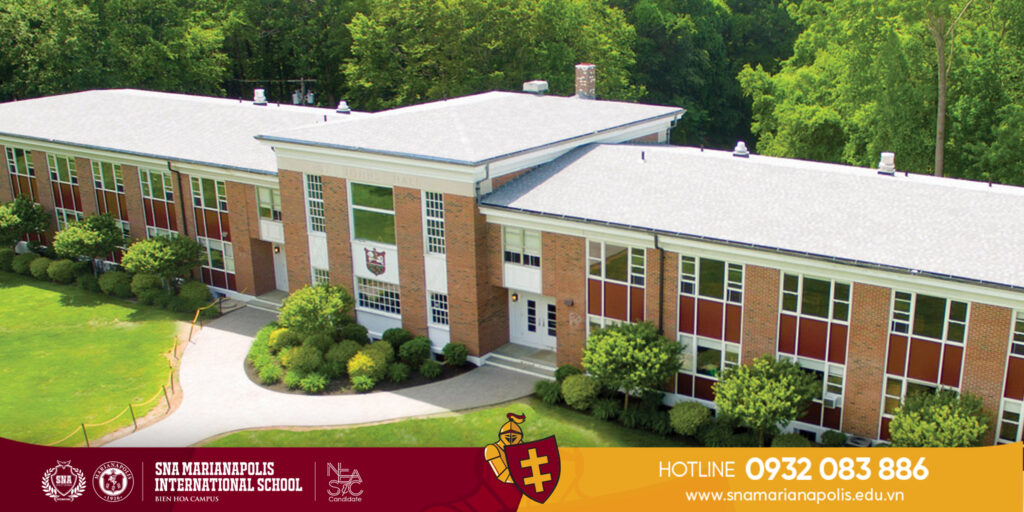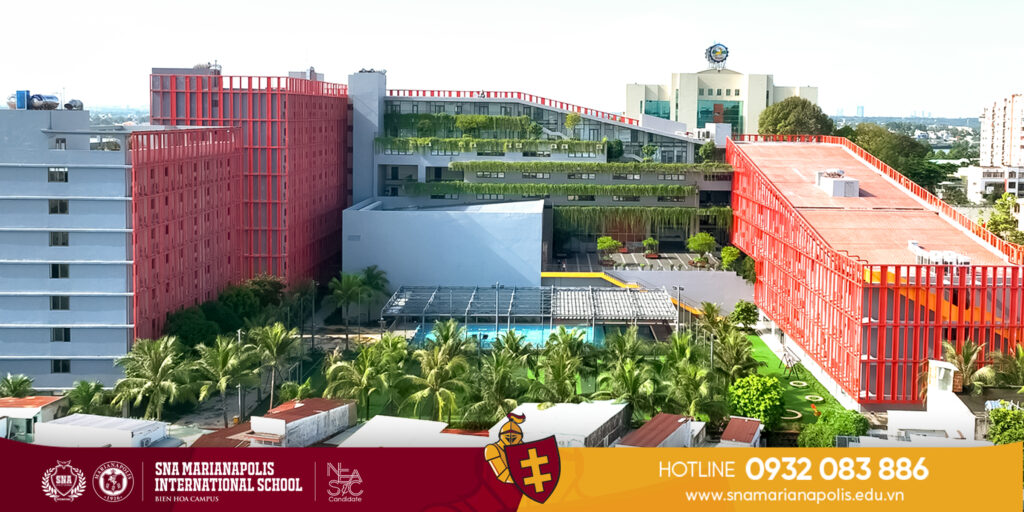WHY DOES THE U.S HAVE THE LARGEST NUMBER OF INTERNATIONAL STUDENTS IN THE WORLD?
With over 1 million international students in 2023, the United States continues to maintain its position as the country with the most international students for decades. What makes it so attractive?
Historical Foundations and Policies Focused on Student-Centered Education Development
The foundation of the American education system can be traced back to the early 17th century, with the establishment of the first public school in Boston in 1635. Over time, the idea that education should be approached with a learner-centered focus has been emphasized. Significant historical milestones include the Morrill Act of 1862, which led to the creation of land-grant colleges, and the Elementary and Secondary Education Act of 1965, aimed at reducing educational inequality. These policies laid the groundwork for an inclusive education system that underscores the importance of education for national development.
One of the critical drivers of the development of American education is substantial economic investment. The U.S. spends more money per student than most other countries. According to the Organization for Economic Cooperation and Development (OECD), in 2018, the U.S. spent about $14,100 per student on primary and secondary education, compared to the OECD average of $10,500. This financial commitment allows schools to have better facilities, hire highly qualified teachers, and provide students with a range of educational resources and opportunities.
Research, Development, and Adoption of Innovative Teaching Methodologies
Research and development play a pivotal role in the advancement of American education. The United States is home to the most top research universities globally. These institutions contribute to the body of global knowledge and foster the development of new teaching methods, educational technologies, and policies to improve learning experiences and outcomes.
The American education system has been at the forefront of adopting innovative teaching methods. From introducing educational philosophies like Montessori and Waldorf to incorporating STEM (Science, Technology, Engineering, and Mathematics) programs into the curriculum, U.S. schools have consistently embraced new and effective ways to engage students. Project-based learning, inquiry-based learning, and blended learning models are examples of advanced and popular 21st-century teaching methods. These methods promote critical thinking, creativity, and problem-solving skills, preparing students to face the complexities of the modern world. These teaching philosophies are also applied at SNA Marianapolis International School, providing students with a comprehensive and direct experience of American education excellence right in Vietnam.
Emphasizing Gender Equality and Promoting Diversity Among Learners
The American higher education system is renowned for its diversity and quality. With over 4,000 institutions, including community colleges, state universities, and private colleges, the U.S. offers a wide range of educational opportunities. Emphasis on liberal education encourages students to develop a broad knowledge base and critical thinking skills.
American universities attract students from all over the world, creating a dynamic and multicultural educational environment. Exchange programs, such as Fulbright and the International Student Exchange Program (ISEP), promote understanding and cooperation among different cultures. These programs not only enrich the educational experience of participants but also foster international networks and partnerships.
Moreover, American universities often have strong connections with private organizations and businesses, providing students with diverse and rich practical experiences through internships, cooperative programs, and partnerships. This linkage not only meets the demand for human resources but also ensures that graduates are well-prepared to enter and contribute to the economy.
Conclusion
The remarkable development of American education results from a combination of historical advancements, significant economic investment, a commitment to research and innovation, the adoption of progressive teaching methods, integration of technology, focus on inclusion and diversity, alignment with workforce needs, and global influence. As the world continues to evolve, the adaptability and innovation of the American education system will remain essential in maintaining the nation’s leading position in global education.
Proudly inheriting the nearly 100-year tradition of excellence in education from Marianapolis Preparatory School in the U.S., SNA Marianapolis International School provides students with the best learning and development opportunities, creating all the conditions to help them succeed academically and become global citizens and future leaders of the 21st century.
SNA Marianapolis International School – Bien Hoa Campus
- Location: 397, 30/4 Street, Quyet Thang Ward, Bien Hoa City, Dong Nai Province
- Website: https://snamarianapolis.edu.vn/
- Hotline: 0932 083 886
- Email: info@snamarianapolis.edu.vn






